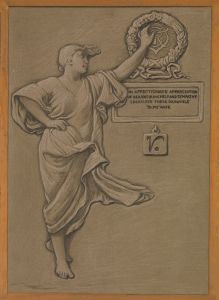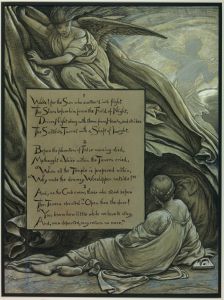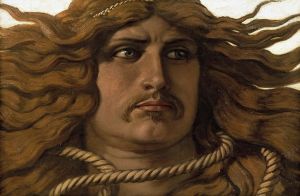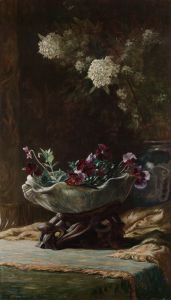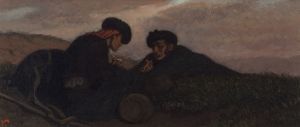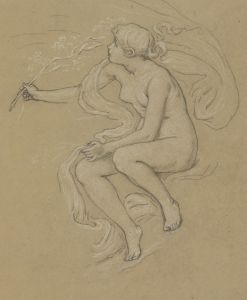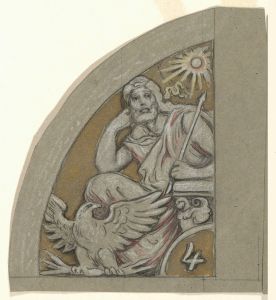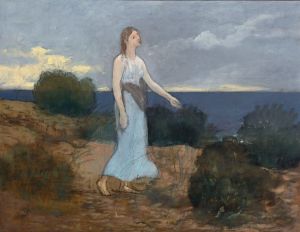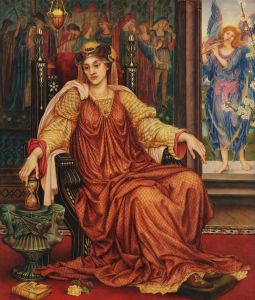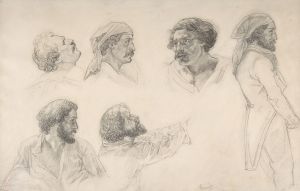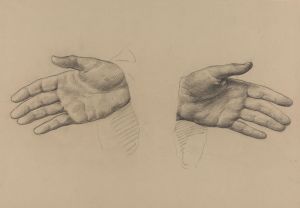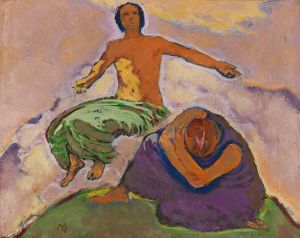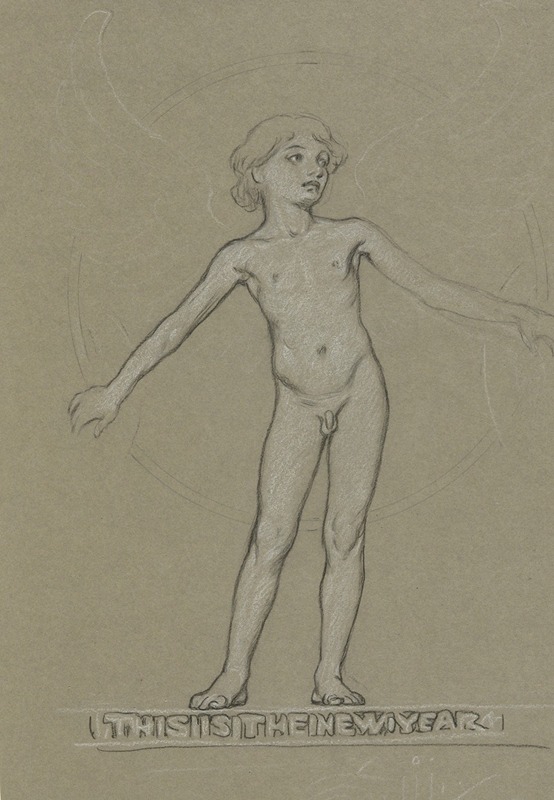
Study for Winged Youth
A hand-painted replica of Elihu Vedder’s masterpiece Study for Winged Youth, meticulously crafted by professional artists to capture the true essence of the original. Each piece is created with museum-quality canvas and rare mineral pigments, carefully painted by experienced artists with delicate brushstrokes and rich, layered colors to perfectly recreate the texture of the original artwork. Unlike machine-printed reproductions, this hand-painted version brings the painting to life, infused with the artist’s emotions and skill in every stroke. Whether for personal collection or home decoration, it instantly elevates the artistic atmosphere of any space.
Elihu Vedder was an American symbolist painter, born on February 26, 1836, in New York City. He is best known for his allegorical works and his illustrations for Edward FitzGerald's translation of "The Rubaiyat of Omar Khayyam." Vedder's art often explores themes of mysticism, mythology, and the human condition, reflecting his interest in the spiritual and the esoteric.
"Study for Winged Youth" is one of Vedder's works that exemplifies his symbolist style. Although specific details about this particular piece are limited, it is consistent with Vedder's broader body of work, which often features ethereal figures and dreamlike compositions. His art typically combines elements of the classical with the fantastical, creating a unique visual language that speaks to the viewer on both an intellectual and emotional level.
Vedder's career was marked by his time spent in Europe, particularly in Italy, where he was influenced by the Renaissance masters and the burgeoning symbolist movement. This European influence is evident in his use of classical forms and his interest in mythological subjects. "Study for Winged Youth" likely reflects these influences, showcasing Vedder's skill in rendering the human form with a sense of grace and otherworldliness.
The concept of a "winged youth" can be seen as a representation of innocence, freedom, or transcendence, themes that Vedder frequently explored in his work. His art often invites viewers to contemplate deeper philosophical questions, using symbolism to convey complex ideas about life, death, and the human spirit.
Vedder's technique often involved meticulous attention to detail and a careful balance of light and shadow, which can be seen in the delicate rendering of figures and the atmospheric quality of his compositions. His use of color and form creates a sense of movement and fluidity, drawing the viewer into the scene and encouraging a deeper engagement with the subject matter.
Throughout his career, Vedder received recognition for his contributions to the art world, and his works were exhibited in both the United States and Europe. His legacy is preserved in various collections, including those of major museums and galleries, where his paintings continue to be appreciated for their beauty and depth.
In summary, while specific information about "Study for Winged Youth" is limited, it is representative of Elihu Vedder's broader artistic themes and style. His work remains significant for its exploration of symbolic and allegorical subjects, and his ability to convey profound philosophical ideas through the medium of painting.





